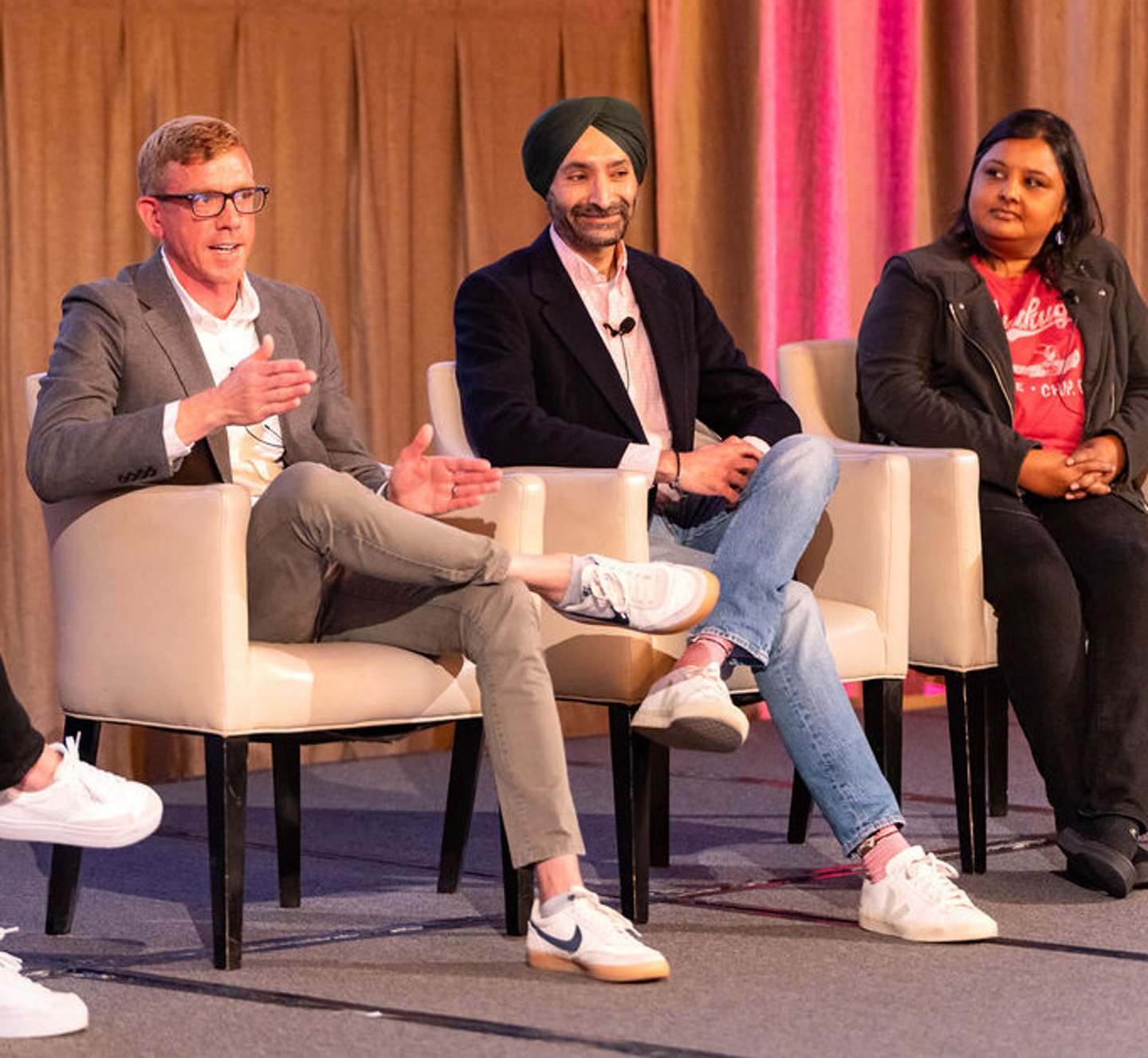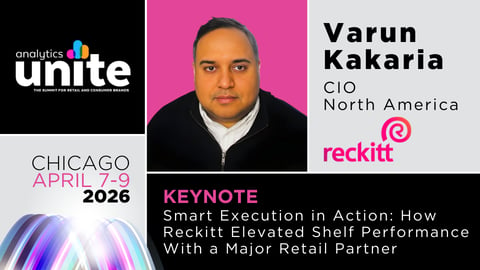One-Strike Game: How Molson Coors, Nestlé Purina, PepsiCo & Sephora Foster Cultures of Data Collaboration
The devil is in the details when it comes to building data centricity and effective collaboration within a CPG or retail organization — but it also means not getting lost in the weeds.
Indeed, today's data leaders are wise to build communities around their data initiatives, with education and awareness playing critical roles in order to drive results.
These were among the key takeaways from a panel at Analytics Unite last week led by PepsiCo’s shopper analytics and insights VP Ellen Webb. Joining Webb were Shruti Thaker, Molson Coors’ global information strategy architect; Patrick Lawler, Nestlé Purina’s senior manager of business intelligence and advanced analytics; and Manbir Paul, Sephora’s VP of data engineering, data insights, and martech.
“The foundation of setting the data strategy in context is people and process make the ship start sailing,” shared Paul. “There’s also an aspect of federating knowledge for data and AI within the organization and driving awareness on the value realization.”
This can involve everything from happy hours in which appointed data stewards offer gamified walkthroughs of problem-solving through data — something that Nestlé Purina has found success from — to developing the ability to think both short- and long-term about the issues that need solving.
“Never forget to see the woods for the trees,” Thaker said. “You're constantly looking at what people are bringing to you. When the business comes to you, they have a problem right in front of them. They just want that fix. They don't understand there’s a strategy. As an enterprise architect, you've got to keep being able to see for 30 inches and for 30,000 feet.”
Complex Is Easy, Simple Is Hard
There’s more data around than ever, and so with this proliferation of information, what should retailers and CGs prioritize — and where should they start?
For Nestlé Purina’s Lawler, the challenge lies in streamlining: "It's hard to say, ‘We're going to sell 10% more because we do this.' There are multiple steps within that process. It’s important to start simple first. Going complex is really easy. Doing something really simple is really hard."
"We start from that simplicity and build upon it, as opposed to just throwing every single metric we can at it, because then no one knows what to do, and some of those metrics contradict each other," he added.
While strategies varied for the group, all agreed on the need for pragmatism over idealism during a launch — and the marrying it with a shift toward incremental progress guided by solid KPIs.
“A good way to define the situation is identifying if your business and technical KPIs are being met by the work you’ve done,” Manbir said. “Instead of just holding onto that model or onto the data you’ve acquired. If you’re hitting your business and technical KPIs, follow that version and move on, iterate over.”
“You’ve got to try and stay away from the Field of Dreams ‘Build it, they will come’ idea that a lot of people in tech get into,” Thaker added. You can get everything right, but if the end-user doesn’t understand it or find value in it, ultimately, it will have failed.
Getting into the weeds of UX, Lawler touched on the hierarchy of user needs: At the very base, it needs to be functional, followed by being reliable, and supported by correct calculations, followed by being usable.
“Usable is very different to functional,” Lawler said. “This means the tools they need to get in, navigate it, without endless training.” Finally, right at the top of the pyramid, it has to look nice.
“You have to have all of those things together. You could have the most amazing-looking dashboard or tool, but if you have a calculation wrong you’ve lost them. This isn’t a three-strike situation; it’s a one-strike.”







